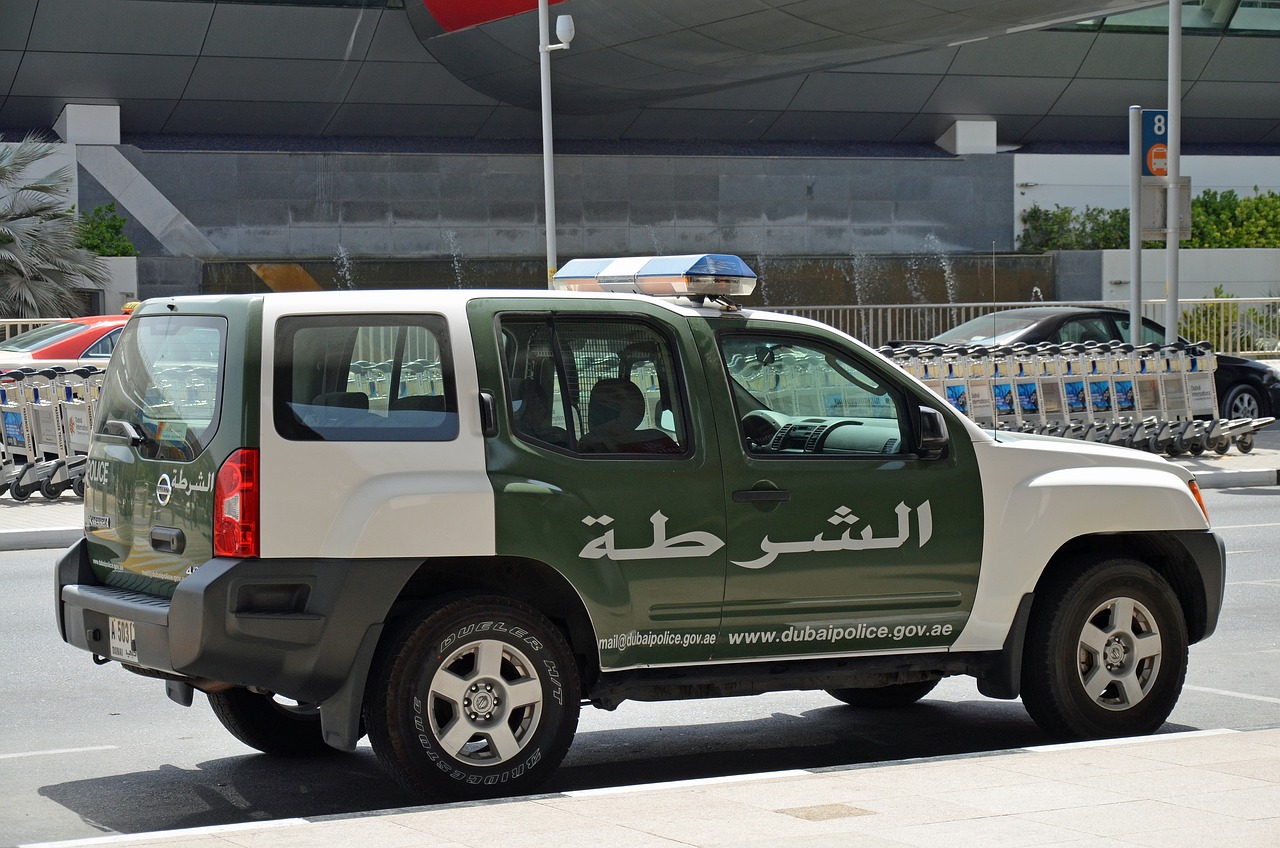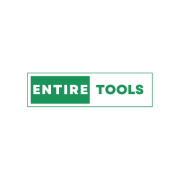Table of Contents
Advanced Driver Assistance Systems (ADAS) are technologies used in vehicles to enhance safety and driving. They include automatic braking, adaptive cruise control, lane-keeping assist, and more. The calibration systems are crucial for their effectiveness and reliability. Here's an overview of the calibration process for ADAS vehicle warning systems:
Understanding
ADAS Calibration
What is ADAS Calibration?
Calibration is aligning and adjusting the sensors and cameras used in ADAS to ensure they accurately detect vehicles, pedestrians, lane markings, and other road elements.
Why is Calibration Necessary?
Accurate Calibration is critical for the proper functioning of ADAS. Incorrectly calibrated systems can lead to false warnings or a failure to provide warnings, potentially compromising safety.
When is Calibration Required?
After windshield replacement, cam systems are often mounted on the windshield.
After a collision, even if minor, that could have affected the sensors.
After changes in suspension or wheel alignment.
When a diagnostic tool indicates a need.
Types of ADAS Calibration
Static Calibration
They are conducted in a workshop environment.
Requires specific target boards or patterns placed at precise distances from the vehicle.
Involves cameras and sensors to align with these targets.
Dynamic Calibration
is performed while driving the vehicle at a specific speed on well-marked roads.
The system self-calibrates by reading lane markings and other road features.
Tools and equipment
Specialized calibration tools, like target boards and laser alignment devices.
Diagnostic scanners to read and reset ADAS system codes.
The vehicle manufacturer recommended software updates for the ADAS.
Adaptive Cruise Control (ACC): Automatically adjusts the vehicle speed to maintain a safe distance from vehicles ahead.
Lane Departure Warning (LDW) and Lane Keep Assist (LKA): Alerts when the vehicle begins to move out of its lane and, in some cases, can gently steer the vehicle back.
Blind Spot Detection: Alerts drivers to vehicles in their blind spots.
Automatic Emergency Braking (AEB): Helps the vehicle avoid or mitigate collisions by applying the brakes if the driver fails to respond to an imminent collision warning.
Parking Assistance: Assists when parking the vehicle through guidance or automated maneuvers.
Importance of ADAS Calibration
Calibration ensures that these systems function as intended. ADAS relies on precisely positioning sensors and cameras to interpret data accurately. Even small misalignments can lead to incorrect readings, resulting in false warnings or failure to provide critical alerts. Calibration becomes necessary in several scenarios:
After a windshield replacement: Since many cameras and sensors are mounted on or near the windshield.
Following vehicle repairs: Especially if the repairs involve components linked to ADAS, like bumper or mirror replacements.
After wheel alignment or suspension work: Changes here can alter the angle of sensors.
As part of regular maintenance: To ensure continued accuracy over time.
Types of ADAS Calibration
There are generally two types of ADAS calibrations: static and dynamic.
Static Calibration
They are conducted in a controlled environment, such as a garage.
Requires specific targets and patterns placed at precise distances from the vehicle.
The vehicle remains stationary while the system is calibrated against these fixed points.
Dynamic Calibration
involves rating the ADAS while the vehicle is being driven.
Requires driving under specific conditions, such as on a clear day along a well-marked road.
The system calibrates itself by analyzing world data as the vehicle moves.
Calibration Process
The calibration process involves several steps:
Initial Assessment Checking for any fault codes in the vehicle's system, ensuring all related components are in good condition.
Preparation: Setting up the vehicle in line with the manufacturers could include ensuring correct tire pressure, loading the vehicle to a specific weight, or adjusting the vehicle's suspension.
Calibration Setup: Placing targets or conducting a driving route according to the specific requirements of the vehicle's ADAS.
Adjustment and Alignment: Using specialized tools to align sensors and cameras accurately.
Testing and Verification: Ensuring the systems work correctly and clear fault codes.
Challenges and Considerations
Technological Variability: Different manufacturers and models may have unique calibration requirements, demanding specific knowledge and equipment.
Cost and Accessibility: Calibration can be expensive, and not all repair shops have the necessary tools or expertise.
DIY Limitations: Due to the complexity and precision required, DIY calibration is not recommended and can be unsafe.
Insurance and Liability: As these systems become more common, issues of liability and insurance coverage for Calibration after accidents or repairs become increasingly relevant.
The Future of ADAS Calibration
As vehicle technology advances, the complexity and importance of ADAS calibration will only increase. Automated vehicles, which rely heavily on these systems, underscore the need for precise and regular Calibration. The industry is moving towards more integrated and automated calibration processes, with some vehicles even capable of self-calibrating certifications.
Professional Calibration
Due to the precision required, trained professionals often best perform Calibration.
Dealerships or specialized auto repair shops usually have the necessary tools and expertise.
DIY Considerations
Not REIT is not mended unless you have the proper tools, skills, and knowledge.
Incorrect Calibration can lead to system malfunction and safety hazards.
Regular Check-ups and Maintenance
Regular maintenance and check-ups are recommended to ensure ADAS systems are functioning correctly.
Software updates and diagnostics can be conducted during routine vehicle servicing.
Ethical and Legal Implications
The rise of ADAS brings ethical and legal questions, particularly around liability in system failure or miscalibration. The responsibility between manufacturers, vehicle owners, and technicians is an area of ongoing legal evolution.
Training and Certification
Given the complexity of these systems, specialized training and certification for technicians are becoming more critical. Many automotive training institutions now offer specific courses in ADAS calibration.
Consumer Awareness
Vehicle owners should know their vehicle's ADAS features and understand the importance of proper maintenance and Calibration. This includes being informed about when and why Calibration is necessary and choosing qualified service providers.
What Are the Types of ADAS Calibration?
Static Calibration: Performed in a controlled environment, often using specific targets and tools.
Dynamic Calibration: Involves driving the vehicle at a set speed on marked roads to calibrate systems using real-world data.
Frequently Asked Questions
Can I Perform ADAS Calibration Myself?
DIY calibration is generally not recommended due to the precision required. Specialized equipment and training are typically necessary for accurate Calibration.
How Long Does ADAS Calibration Take?
The time can vary depending on the type of Calibration and the specific vehicle model. It can range from an hour to several hours.
Is ADAS Calibration Expensive?
Costs vary depending on the vehicle model, the type of Calibration required, and the service provider. It's advisable to get quotes from certified technicians.
How Do I Know if My Vehicle Needs ADAS Calibration?
Look for warning lights on the dashboard, changes in vehicle handling, or if the ADAS features are not functioning correctly.
What Equipment is Used for ADAS Calibration?
Specialized tools such as calibration frames, targets, laser levels, and diagnostic scanners are used.
Do All Auto Shops Offer ADAS Calibration?
Not all shops have the necessary equipment and expertise. It's essential to choose a facility that is certified in ADAS calibration.
Can Regular Maintenance Affect ADAS Calibration?
Routine maintenance, like tire changes and wheel alignments, can affect Calibration. It's wise to check ADAS functionality after such services.
Is ADAS Calibration Covered by Insurance?
This depends on your insurance policy, especially if Calibration is needed after an accident or windshield replacement.
Remember, the specifics can vary by vehicle make and model, so it's always a good idea to consult your vehicle's manual or a professional technician for detailed guidance. Regular checks and maintenance of ADAS are essential for ensuring ongoing road safety.


